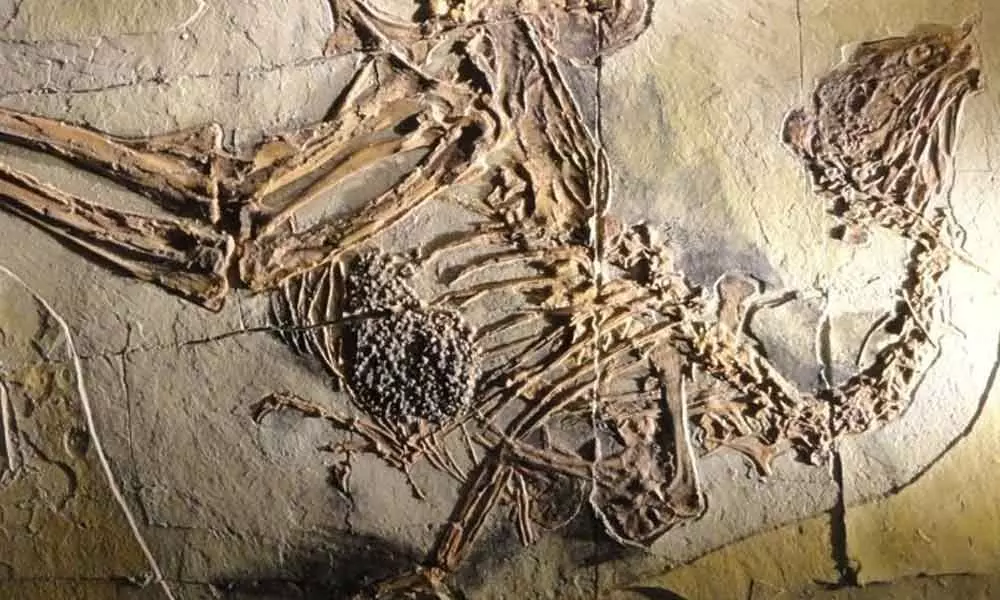Live
- Earnings forecasts of Samsung, SK hynix for Q4 downgraded
- Jaipur crash horror: The U-turn that should never have been there
- FairPoint: The ‘push’ complaint politics may hurt Rahul Gandhi more
- Sr National Badminton: Defending champ Anmol Kharb, Ayush Shetty bow out in pre-quarters
- Plea in SC seeks protection of all wetlands under 2017 conservation and management rules
- Delhi needs leadership, not political theatrics: Bansuri Swaraj on AAP's registration drive
- Health condition of Jnanpith awardee Vasudevan Nair remains critical
- Tirumala to be developed as a model pilgrimage sestination, Says TTD EO Shyamala Rao
- “Reels Will Be Cut”: ACP Vishnu Hits Back at Allu Arjun’s Allegations
- 39 Transgenders Appointed as Traffic Assistants, Demo Program Held in Hyderabad
Just In
Scientists Observed Dinosaur DNA May Still Be Found In 125 Million-Year-Old Bones


Dinosaur DNA may still be found in 125 million-year-old bones, according to scientists.
- Dinosaur DNA may still be found in 125 million-year-old bones, according to scientists.
- DNA may be found in 125 million-year-old dinosaur fossils discovered in China.
Dinosaur DNA may still be found in 125 million-year-old bones, according to scientists. DNA may be found in 125 million-year-old dinosaur fossils discovered in China. If the microscopic structures represent DNA, they will be the oldest known chromosome material preserved in a vertebrate fossil.
DNA is coiled inside chromosomes in the nucleus of a cell. Possible cell nucleus structures have been discovered in plant and algae fossils stretching back millions of years, according to researchers. Scientists have even speculated that a collection of 540 million-year-old microfossils may contain retained nuclei.

© 2024 Hyderabad Media House Limited/The Hans India. All rights reserved. Powered by hocalwire.com






